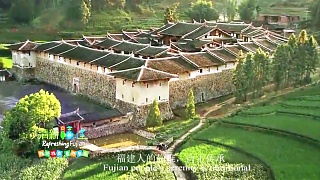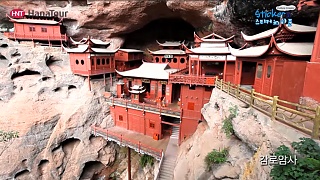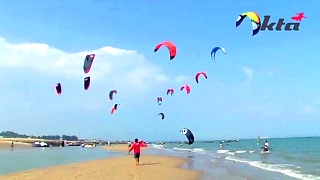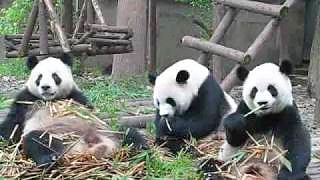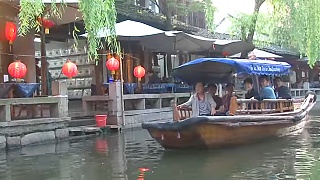
|
With FunFancie ...
TeamLab is an interdisciplinary art collective and creative studio based in Japan that is renowned for its innovative and immersive digital art installations. It has expanded its presence globally.
In Shanghai, TeamLab has created several immersive art experiences that blend digital technology, interactive elements, and traditional art forms to create breathtaking environments that engage the senses and encourage visitor participation. These exhibitions often feature a combination of projection mapping, interactive projections, LED lights, soundscapes, and sensor-based technology to create dynamic and interactive environments.
One of the most notable exhibitions is TeamLab Borderless Shanghai, which is featured here. It is characterized by its seamless integration of digital art into physical spaces, creating a sense of boundless, dreamlike environments where visitors can explore and interact with the artwork freely.
In these exhibitions, visitors are invited to walk through rooms filled with mesmerizing digital art installations that respond to their movements and interactions. For example, visitors may find themselves surrounded by vibrant, blooming flowers that change color as they move, or immersed in a digital ocean where schools of fish swim around them in response to their presence.
The exhibition aims to create immersive experiences that evoke wonder, curiosity, and a sense of inter-connectedness with the world around us, unforgettable experiences that blur the boundaries between art, technology and the imagination.
|

 The coastal city of XiaMen 厦门 and the Hakka community round houses – FuJian province
The coastal city of XiaMen 厦门 and the Hakka community round houses – FuJian province





